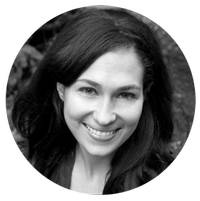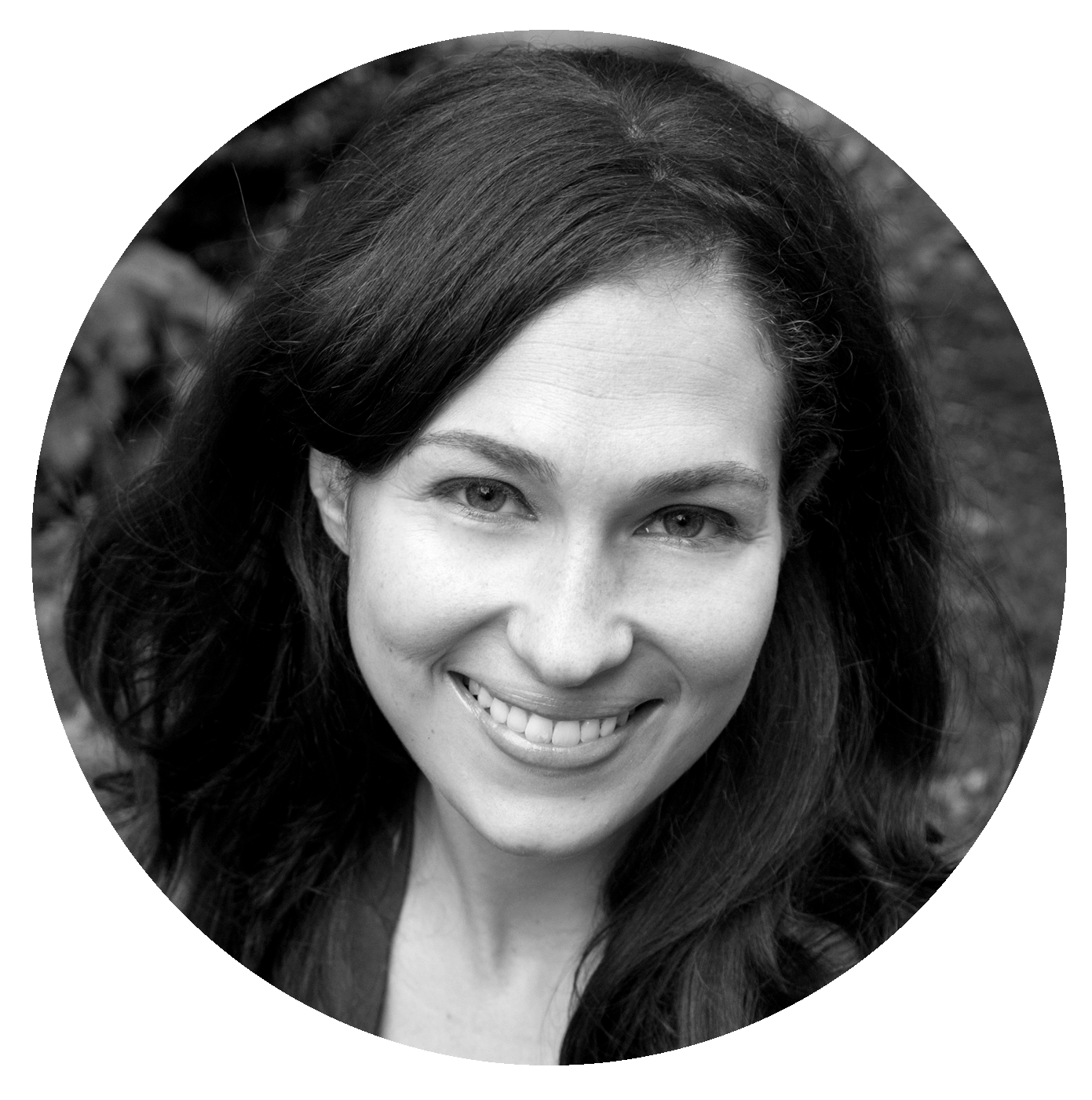How bathing like an ancient Roman did wonders for my health
I was stressed, anxious, and aching. But in Italy's therapeutic waters, all that melted away.


T.S. Elliott famously said April is the cruelest month. For me, it's August — at least this year.
It's hard to say what, exactly, put me over the edge this August. There were a number of culprits: reporting a political story in the most contentious climate in recent history; an attempt at whistleblowing gone haywire; a traumatic falling out with someone close to me. But after a month of daily bouts of full-blown panic, the psychological began to manifest physically: My neck went berserk. My chiropractor was particularly displeased about the numbness in my right arm. My well-meaning mom pointed out I was hunching over, inducing more panic and existential dread that my life was deteriorating, and my body was, too.
The one bit of good news was that my emotional and physical decomposition was very well-timed, just in advance of a long-planned trip to southern Italy. The semi-vacation, which I had sprinkled with a few assignments, was now taking on another tenor: restoring some semblance of well-being in my tight, stressed limbs, and pulling myself back from the brink mentally.
The Week
Escape your echo chamber. Get the facts behind the news, plus analysis from multiple perspectives.

Sign up for The Week's Free Newsletters
From our morning news briefing to a weekly Good News Newsletter, get the best of The Week delivered directly to your inbox.
From our morning news briefing to a weekly Good News Newsletter, get the best of The Week delivered directly to your inbox.
Could eight days of la dolce vita — the good life of physical pleasure and self-indulgence, as the Italians call it — do it? Or were anti-anxiety medications really what I needed?
Along with a Xanax prescription, I'd been dreaming of water.
In ancient times, long before the modern spa, Roman baths were not just for bathing, they were crucial to relaxation and socialization. These baths weren't just tubs, as we might think about them today, but instead consisted of a complex progression of open-air swimming pools, and rooms of varying temperature, progressing from cold to super-heated, for steaming and sweating. The baths were a focal part of the community and recreational life, a place where ancient Romans would spend hours upon hours.
I was less interested in emulating the social experience of bathing, and more curious about the ancient heritage of luxuriating in tried and tested aquatic circuits. I wanted to live out the Latin expression Salus Per Aquam, which means "health through water."
A free daily email with the biggest news stories of the day – and the best features from TheWeek.com
So I made a beeline for the clear, calm, and salty Mediterranean, plotting visits to a handful of spas on the Italian coast. When I stumbled upon the website for Capo la Gala with its motto — "the magic of the water" — I immediately made plans to spend two days there.
It paid off. Over the course of those two days, my cortisol levels dropped enormously. At Capo la Gala, nestled on the rocky shore, there were only a few steps standing between me and the mineral rich sea. Valerio Cappiello, the general manager of the resort, informed me the hotel is situated in a very particular area of the Gulf of Naples. Here, the seawater is characterized by special mineral springs.
The resort featured a pool, or very large bath, heated to 90 degrees, with jets that stimulate the whole body. This is supposed to tone up your muscles and help with breathing — something I hadn't really done properly for weeks. Like a Roman bath complex, the hotel also had a caldarium, a steam room with heat and humidity that turned my muscles into jelly.
I didn't completely realize until I went into the Kneipp Circuit, a series of small wading pools that alternated between very cold and very hot, what I'd been missing lately: blood flow. Ah, that's what it feel like to have circulation to my lower extremities! As it turns out, my legs had been mostly asleep for a good part of my adult life. This contrast of hot and cold is a core concept of jump-starting circulation, the Italians told me, something I had really lost sight of in my sedentary lifestyle of sitting 10 to 12 hours a day.
After a day on this water routine — sea, pool, steam, frigidarium, and Kneipp Circuit — I felt fantastic. Or maybe that was the two glasses of Falanghina I was drinking every night. But Gotz Lehle, an osteopath and medical doctor based in Florence whom I've seen in New York City, told me this new feeling of invigoration wasn't surprising. He says everything I was doing — these ancient rituals of bathing and steaming — are indeed good for the body.
"Relaxation of the muscles leads to a certain relaxation of the mind," he says. "And with improvement of circulation, blood, and the lymphatic system, there's better oxygenation, and better function of the organs."
During my vacation, I also stayed (for free, as part of a press trip) at the Santa Rosa Thermal Spa at Monastero Santa Rosa, the largest spa on the Amalfi Coast. It was built to mimic those used by the ancient Romans, right down to the details on the mosaic benches, but updated for the 21st century spa-goer with indulgent touches, like a pomegranate foot whirlpool. The spa rooms get gradually hotter as you progress through them. "The sequence we suggest is to go from hot to cold, hot to cold," Francesca Speroni, the spa manager, told me. "This helps to stimulate the circulatory system, to help reduce tension, improve the respiratory system, and detox the body."
While I didn't always follow that sequence, it seemed to be working. Maybe all the steam was going to my head, but something about the atmosphere, the scenery, was doing wonders. I dare you to be stressed when looking out on an expanse of the Mediterranean Sea.
Still, I wanted to put my finger on what, exactly, was going on. Was it just bathing like a Roman and living la dolce vita that triggered this newfound sense of well-being? I asked Bianca Sharma, the owner of Santa Rosa, who is no stranger to the seduction of this world. She saw the property from a boat in 2000, during her first trip to the Amalfi Coast and fell in love immediately. In 2012, she converted the 17th century monastery into the luxury hotel it is today. She told me: "There is something that enters my soul by way of the feel and smell of the air. I can't really define, it is just something happens."
Naturally, the week after I got back to New York City and stopped bathing like a Roman, I got sick. However, my nervous breakdown is at bay and my neck is (mostly) better, and my posture is perhaps slightly improved. (You'll have to ask my mother.) More than ever, though, I'm a believer in la dolce vita and all that comes with it: the sea, the steam, the beautiful spaces the Italians create for bathing. At its core, bathing is about the heritage of relaxation, and the opening of your senses to the natural world.
To the Romans. And their baths.
Hannah Seligson is a New York City-based journalist. Her works has appeared in The New York Times, The Wall Street Journal, and Forbes among other publications.
-
 Why is Trump’s alleged strike on Venezuela shrouded in so much secrecy?
Why is Trump’s alleged strike on Venezuela shrouded in so much secrecy?TODAY'S BIG QUESTION Trump’s comments have raised more questions than answers about what his administration is doing in the Southern Hemisphere
-
 Vance’s ‘next move will reveal whether the conservative movement can move past Trump’
Vance’s ‘next move will reveal whether the conservative movement can move past Trump’Instant Opinion Opinion, comment and editorials of the day
-
 Why recognizing Somaliland is so risky for Israel
Why recognizing Somaliland is so risky for IsraelTHE EXPLAINER By wading into one of North Africa’s most fraught political schisms, the Netanyahu government risks further international isolation
